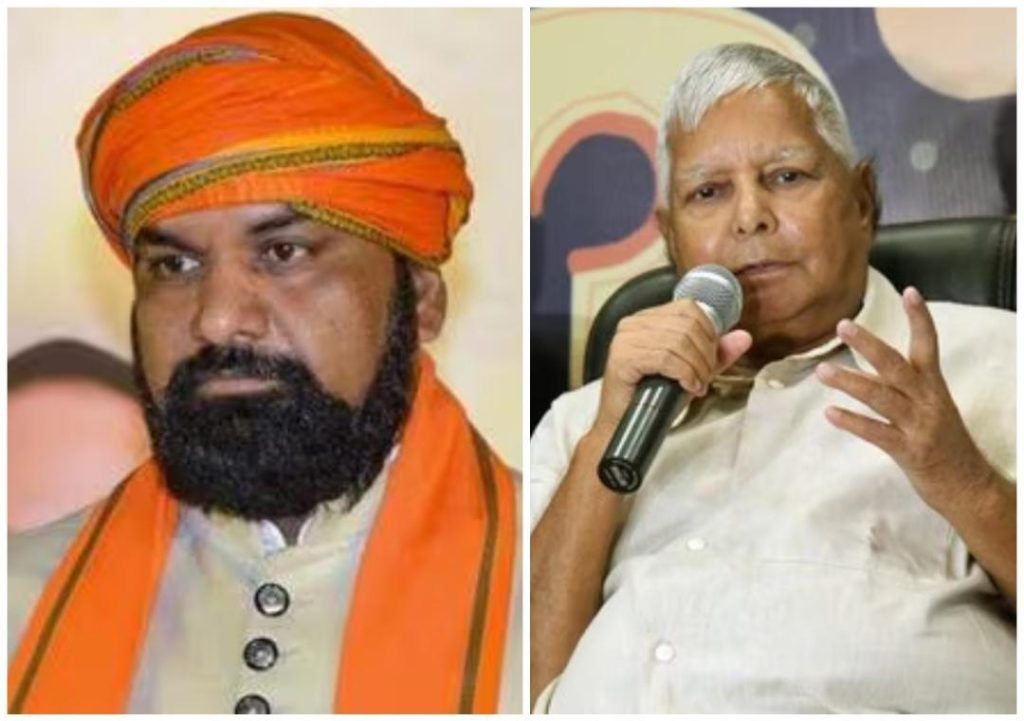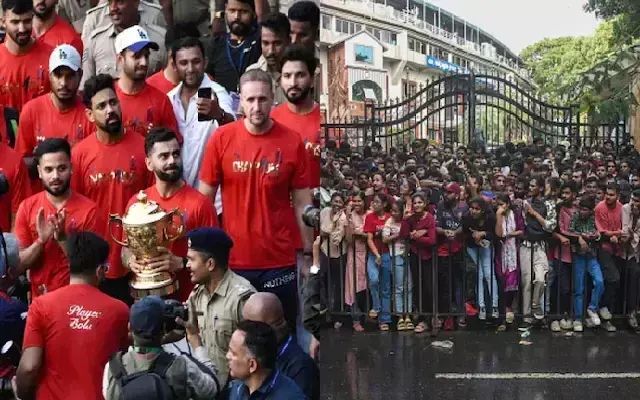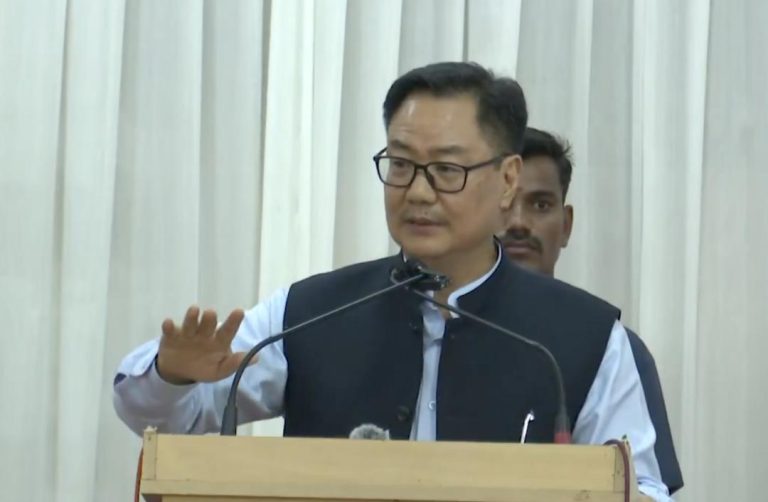
Title: Lalu is the ‘Gabbar’ of Bihar, he scares everyone: Bihar Dy CM
As the assembly elections in Bihar approach, the political landscape of the state is witnessing a fresh wave of allegations and counter-allegations. In a recent statement, Bihar Deputy Chief Minister Samrat Choudhary has sparked a controversy by likening Rashtriya Janata Dal (RJD) chief Lalu Prasad Yadav to the infamous dacoit Gabbar Singh from the iconic Bollywood movie Sholay. Choudhary’s assertion that 1.25 crore people left Bihar due to Lalu’s fear has sent shockwaves across the political spectrum.
According to Choudhary, Lalu’s fear factor was so overwhelming that it drove away a staggering 1.25 crore people from the state. He claimed that Lalu, being the ‘Gabbar’ of Bihar, instilled a sense of terror in people from all walks of life. “He is the ‘Gabbar’ of Bihar…be it any community, upper or backward class, one person who scared everyone was Yadav. But now we need to change this,” Choudhary said while addressing a public rally.
Choudhary’s statement, which has sparked widespread debate, has been seen as a desperate attempt by the ruling coalition to tarnish Lalu’s image ahead of the polls. Lalu, who has been a dominant figure in Bihar politics for decades, has been facing corruption charges and has been jailed multiple times. His party, the RJD, has been a major player in the state’s politics, and Choudhary’s statement is seen as an effort to undermine Lalu’s influence among the people.
However, Choudhary’s claim of 1.25 crore people leaving Bihar due to Lalu’s fear has been met with skepticism by many. While it is true that Bihar has faced significant migration of its population in recent years, the exact numbers are difficult to quantify. Moreover, the reasons behind this migration are complex and multifaceted, and cannot be attributed solely to Lalu’s fear factor.
Bihar has been facing a range of challenges, including poverty, lack of employment opportunities, and poor infrastructure. These factors have led to a significant migration of people to other parts of the country, particularly to cities like Delhi, Mumbai, and Bangalore. Many of these migrants are driven by the promise of better job prospects and living conditions, rather than fear of Lalu or any other individual.
Lalu’s supporters, on the other hand, have condemned Choudhary’s statement as an attempt to polarize voters and distract attention from the real issues affecting the state. They argue that Choudhary’s statement is a desperate attempt to undermine Lalu’s image and influence, and that it has no basis in reality.
Lalu himself has been critical of Choudhary’s statement, calling it an attempt to divert attention from the ruling coalition’s failures. “Choudhary’s statement is a joke. He knows that I am not Gabbar, but he is trying to create a false narrative to polarize voters,” Lalu said in a statement.
The controversy surrounding Choudhary’s statement has also highlighted the deep-seated divisions within Bihar’s society. The state has a complex social fabric, with a mix of upper and backward castes, and Lalu’s party has traditionally drawn its support from the backward caste groups. Choudhary’s statement has been seen as an attempt to create a rift between these groups and undermine Lalu’s influence.
The elections in Bihar are expected to be fiercely contested, with the ruling coalition led by the Bharatiya Janata Party (BJP) and the Grand Alliance led by the RJD vying for power. The outcome of the elections will depend on a range of factors, including the performance of the government, the popularity of the parties and their leaders, and the mobilization of voters.
In conclusion, Choudhary’s statement likening Lalu to Gabbar is a desperate attempt to tarnish Lalu’s image and undermine his influence ahead of the elections. While it is true that Lalu has been a dominant figure in Bihar politics for decades, his legacy is complex and multifaceted, and cannot be reduced to a single factor like fear. The elections in Bihar will be a closely contested battle, and the outcome will depend on a range of factors, including the performance of the government, the popularity of the parties and their leaders, and the mobilization of voters.






